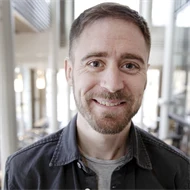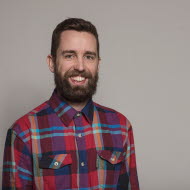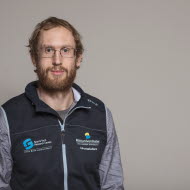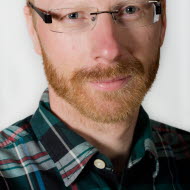The effect of competition class, course profile, and system mass on performance in para‑nordic skiing
The project includes measurements from world championships that are analyzed using various calculation models to investigate how class, course profile and athlete mass affect the finishing time.
The analysis method enables predictions of finishing time for new unknown course profiles, which should contribute to fairer competitions in the para sport.
The Paralympic movement strives for everyone, from the grassroots to the elite, to have the chance to engage in sport and physical activity. Within the competitive disciplines of parasport, athletes compete with different degrees of disability that affect performance, which is why athletes are divided into different categories and classes, through so-called classification, depending on the functionality that each athlete has. There are several classes that compete within each category and each class has their own time factor that is
multiplied by the finishing time to get the race ranking. The time-factor system is currently derived from historical results, and is thereby affected by previous performances of individual athletes. The International Paralympic Committee (IPC) has particularly highlighted the importance of scientifically supported classification, so-called evidence-based classification. This can be extended also to the time-factor system.
With the help of calibrated bioenergetic models and mechanical skiing models, the finishing time of an athlete on a given course can be estimated. The simulation takes several factors into account, such as the athlete's energetic capacity and efficiency, course profile, glide friction, air drag and the mass of the athlete and their equipment. Through this, we can estimate finishing times for future races and examine how, for example, the design of the race course can affect the differences in race times between athletes in different classes.
The study is based on measurements and analysis in connection from the Para-Nordic Skiing World Championships 2023 in Östersund. It is carried out together with researchers at the National Winter Sports Research Center at Mid Sweden University and NTNU's Center for Elite Sports Research (SenTIF) in Trondheim, who carried out similar measurements at the world championships in Lillehammer 2022.
Parts of the study are financed via the collaboration agreement between Mid Sweden University and the municipality of Östersund and Rolf and Gunilla Enström's foundation in connection with the Augmented Sports research project. On the Norwegian side, the project is financed by the Ministry of Culture and Equality.
Facts
Project period
230101-231231
Research centers
Subjects
Municipal cooperation
Project leader

Project members




